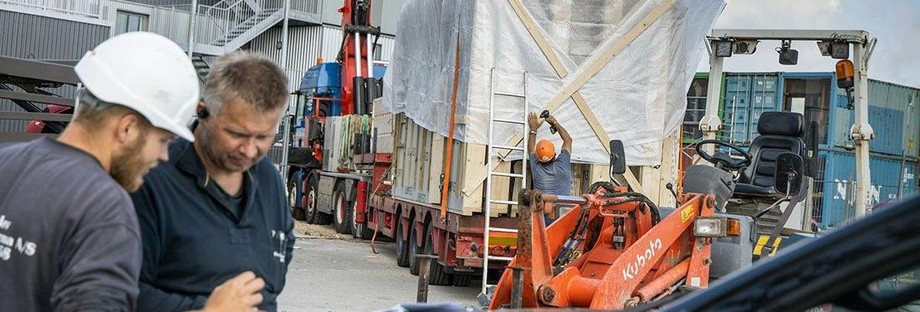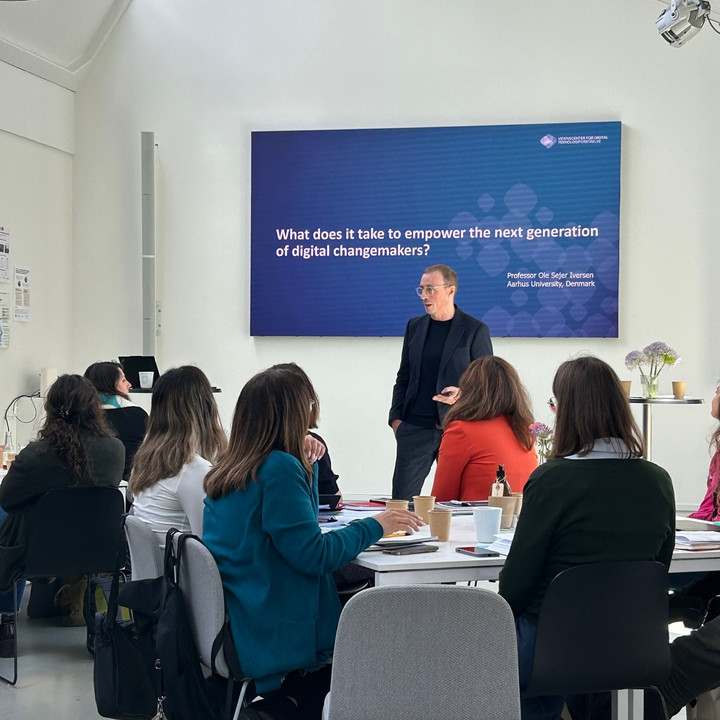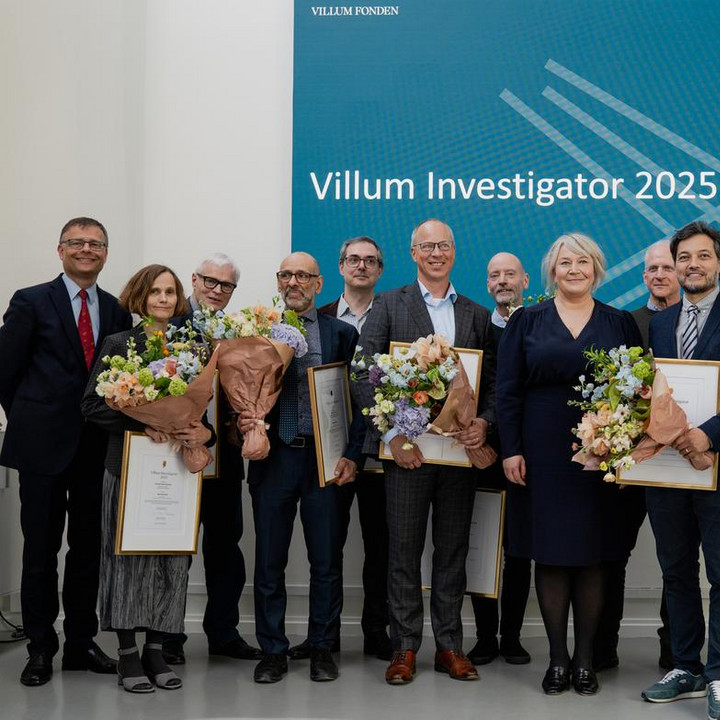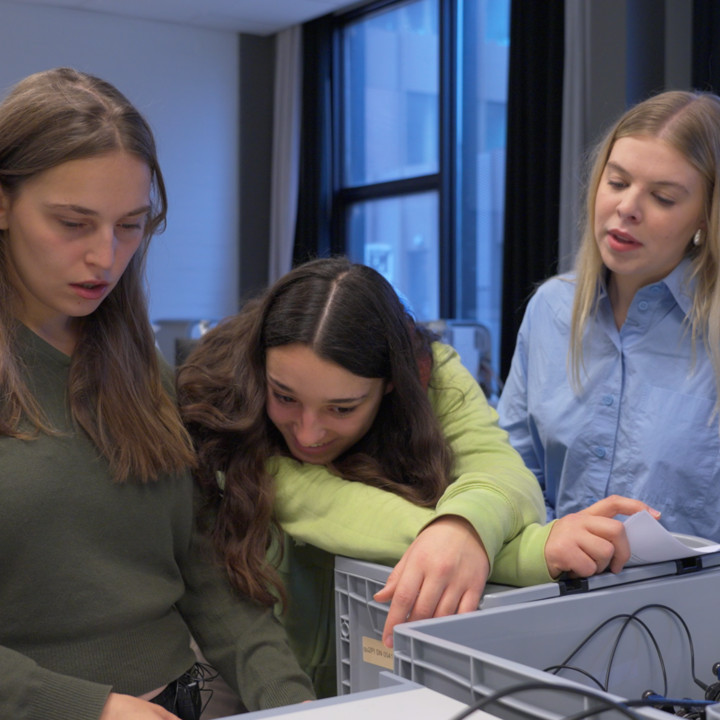More support for further development of lifecycle analyses in construction

What is LCAbyg?
LCAbyg is a tool for performing lifecycle assessments of buildings. LCAbyg can calculate a building’s environmental profile and resource consumption based on keyed-in information about the building’s components and energy consumption. The tool automatically performs the LCA calculations and produces selected graphics and a report. The calculations cover the building’s entire lifecycle, including the procurement of raw materials, the production of building materials, the energy and resource consumption associated with operations and maintenance, as well as the disposal and recycling of construction components and materials.
LCAbyg is being developed and maintained by the Department of the Built Environment at Aalborg University (BUILD).
Towards 2025, Villum Fonden and Realdania will support BUILD in the further development of the method and data behind the research-based and free calculator LCAbyg as well as the work to future-proof and anchor lifecycle analyses in the industry during a transitional period.
On 1 January 2023, a cap on carbon emissions for new buildings was introduced, as well as a requirement for lifecycle analyses (LCA) to be used to calculate the climate impact of buildings. Many players in the construction industry therefore need to build LCA skills as well as knowledge about the active use of LCA calculations in construction.
To ensure the continued development of LCA methods, data and tools in construction, in the period up until 2025 Villum Fonden and the philanthropic association Realdania will be supporting the further development of LCAbyg as well as broader research and development efforts. The effort will ensure that both large and small players in the industry will have access to a practical, freely available tool in the future. In the longer term, the ambition is for the effort to enrich and future-proof the general work with LCA methods and tools in the industry, for example through the inclusion of more lifecycle phases in the calculations in LCAbyg.
“The construction industry is in the early stages of the green transition, and it’s crucial that we don’t lose momentum. LCA calculations are currently key to these efforts. With LCAbyg, we have a freely available calculator built on a strong research foundation that can function as a neutral platform for everyone in the construction value chain – from the small one-man consultant to big international companies. We believe this is important for the industry, which is currently facing the practical challenges of accelerating the green transition,” says Lars Hansen, executive director of Villum Fonden.
LCAbyg is being developed and maintained by the Department of the Built Environment at Aalborg University (BUILD) and is the most widely used LCA tool in the construction industry. The calculator is also used in research contexts. Realdania has also previously supported LCAbyg. Director of Philanthropy Nina Kovsted Helk comments:
“Construction has the potential to make a major contribution to achieving the climate goals, and lifecycle analyses are a crucial tool for this. So we want to help ensure that in the coming years a solid and well-documented foundation is established for everyone in the industry to be able to perform these analyses and, not least, to apply them concretely in construction. Right now, LCAbyg is the best candidate for a common tool. At the same time, our support also goes towards future-proofing and anchoring work with lifecycle analyses more generally.”



